
7 minute read
of the
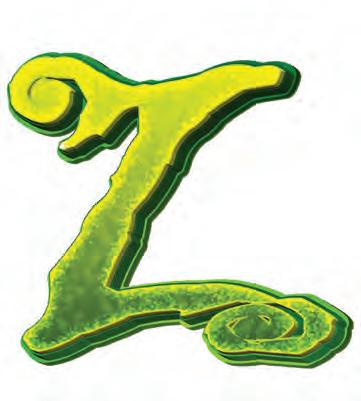


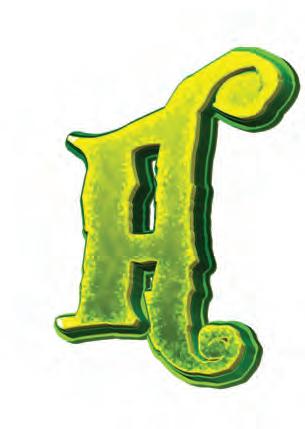
By Riley Love
’ll never tire of watching this, the instant when a new traveler realizes how different this place is from what they expected. Suspicion that this place would be threatening, and the defenses that were raised simply dissolve. It is one of the most tranquil, inviting places you will ever be. Inner peace, unanticipated and profound, slows the heartbeat, relaxes the brow. It’s so very good to be here in the Brazilian rainforest.
Gliding by, your eyes realize the system of the rainforest. Kapok trees, growing to 200 feet and a thousand years old, form a canopy that absorbs up to 80 percent of the sunlight. This is Guyana Shield country in northeast South America, encompassing about 40 percent of the biome between the Orinoco and Amazon rivers. The Amazon basin, greater than the next seven largest rivers combined, contains 20 percent of all earth’s fresh water. It is the most biodiverse place on our planet. The Amazon, with its 15,000 tributaries, supports by far the largest number of fish species of any system: 3,507 and they’re still counting new discoveries. It is a wonderland of fishes.
A good experiment for a quiet moment— sink a few breadcrumbs beneath the surface in any of these rivers. The myriad iridescent colors, geometric shapes and exotic fins that swim into view staggers the imagination.
When sixteenth century Spanish explorer Francisco de Orellana was attacked here by native warriors led by a woman, it reminded him of the Amazons of Greek mythology. Although some scholars feel the name derives from the native word amassona, meaning “boat destroyer.”
Acute Angling, outfitter of multiple Amazon trips, calls this expedition Rio Travassão, meaning “river crossing” in Portuguese. It is their multi-species trip. Extensive stretches of whitewater rapids guard this plateau segment of river. Twenty miles downstream live 11 families of Hixkaryiana (red deer people) Amerindians. A large wooden supply boat provisions the village regularly. No floating bungalows or motherships can come where the Cessna Caravan float plane landed at the hand-hewn “Picapau” lodge and the satellite camp upstream. Only small, shallow-draft, well-powered craft can negotiate the torrents.
There is no replacing the efficiency of flying right into camp, or the stocking. The pilots unloaded tanks of fuel, a large deep freeze, huge tents, four new outboard motors, rods, reels and… live chickens.
Tuncunaré, or peacock bass, are the predominant sportfish of the realm. There were five reported species on my first trip 35 years ago. Today it’s up to 16. These are cichlids, of which 1,700 species are found about the world. Our unrelated North American bass are in the sunfish family. Cichla ocellaris is the species introduced into the fishery in South Florida. It is too cold sensitive to survive anywhere else in The U.S.
Authority extraordinaire Paul Reiss has a well-organized directory on the Acute Angling website. Cichla vazzoleri was the species predominant in these waters. They grow up to 15 pounds. During our trip, we boated many 12s or better; my average peacock was 8 pounds.
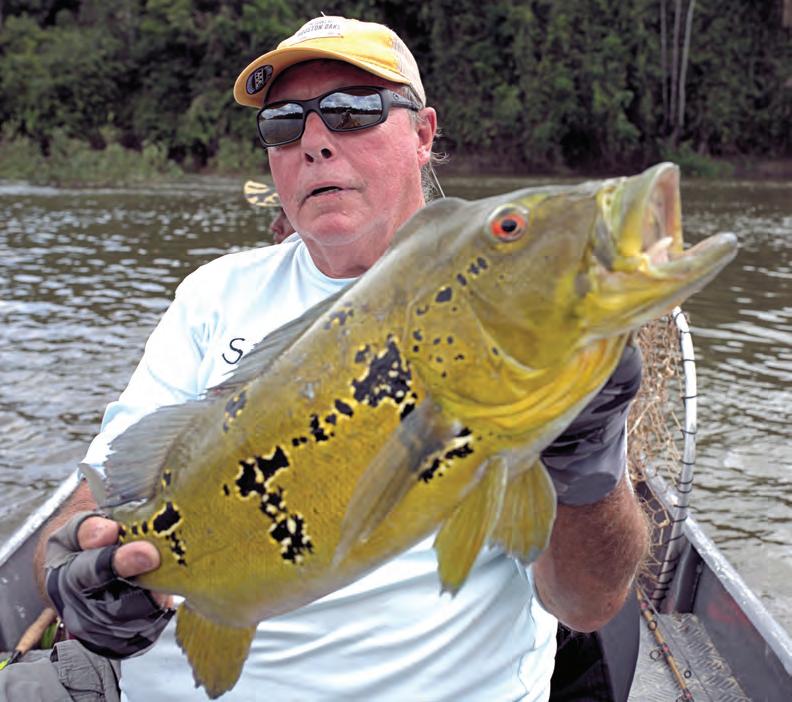
There are areas in Brazil with clear water, but the hallmark of this environment is black tea-colored flow, tannin stained from the leafy vegetation—just like a cup of tea. It is how the Rio Negro got its name. The ionic concentration is much lower than white water but so is the pH or acidity. The net result is an unfavorable environment for breeding of the larvae of mosquitoes and other biting insects. I didn’t even bother to bring repellent and never had a bite.
They have five species of catfish here and organize a grand slam. Some grow to triple digit weights, equaling my heft after the Thanksgiving weekend. Acute Angling claims a couple of world records here, including the bicuda and the black piranha at 8.5 pounds. Payara, the “vampire fish” is good game and grow large here, and so do trairão or “wolf
Payara are punk rockers with a need for fastmoving water. And peacock bass? Nice ones are first round NFL draft picks.
When my last breath just exhales and everything is going dark inside, my final thought will be… what do they want?
Topwater plugs are part of the addiction of this fishing. Big poppers and prop baits rip the surface enough to scare off American bass. Magnum minnows and exotic Amazon jigs on multiple rods are ready for your hand before sunrise. Soft baits tend to return to the boat without a tail after the first cast.
Addiction boosters are the exotic beauty and extraordinary strength of these fish, only comparable to saltwater species. Extra heavy line and hardware are barely enough. It’s paradise for the fly fisherman. The best of these readily take topwater poppers and large colorful streamers.
The season of low water levels is crucial. The water elevates in the wet season far into the forest where no fly or lure can go. Shrunken down to its skeleton, the river presents many targets in lagoons and behind pachyderm boulders.
A dividend is the wildlife along the river, unpressured by human presence. An adult jaguar, black and gold fur reflecting the sun’s rays is breathtaking. Monkeys, caiman even proportion to their relationship. My favorites are the yellow-rumped cacique, which create teardrop shaped hanging nests.
We were on reservation lands for indigenous people. Permission was negotiated with the tribe and payments made to maintain the fishing enterprise. We asked for some fish to be kept for dinner. Permission was needed from tribal representatives, our guides—Joao (Xowanu Waraka) and Artema (Artemas Wahtxo)—next in lineage to become chief. Although there is evidence of hominid migration into the Americas much earlier, the aboriginals hereabouts were felt to migrate across the Siberian land bridge from Mongolia and Siberian Asia 17,000 years ago. DNA evidence demonstrates shared genes not possessed by humans on any other continent. Common segments of their spoken language coexist in Mongolia today.
Locals concur many uncontacted native tribes wait to be discovered. Heavy precautions exist for this eventuality. Before European
3 million indigents spread across the Amazon basin. Ninety percent died in the first 100 years from exposure to European diseases. About 900,000 are estimated today. In the past, whole tribes fell ill with pneumonia after first contact.
The camp’s nucleus is the kitchen, with open walls and thatched roof. The cook appeared wearing a “Never Trust a Skinny Chef” T-shirt… and the culinary symphony began. Multiple course dinners were served with wine and freshly baked breakfast breads. A deck extended into the rapids with an Arthur-worthy hardwood table for late-night conversation.
There are strong forces at play here, the mystical pull of dark water and forest. Our host, Wellington told me a story about bringing his children here. His daughter asked what this place would have looked like 500 years ago. He closed her eyes and when she opened them, she understood that not much had changed.
Manaus Brazil is previously the largest city in the world unconnected to any other by road (now there is a road) and the richest city in South America during the nineteenth-century rubber boom. Here the dark waters of the Rio Negro join the pale flow of the Solimões to form the Amazon, dwarfing all other rivers. It is 2 to 6 miles wide and 328 feet deep. Marvelous to explore, Manaus is heart of the journey for international anglers, a world class piscary in every sense.
Acute Angling, progeny of Paul Reiss, a tropical ichthyologist, and his brother, Gary maintains four distinctly themed trips to the region and an additional exploratory trip. This was the most well-organized turn-key expedition I’d ever seen. From obtaining initial documents, flight booking and Covid testing—it was a well-oiled machine. At camp, every item was ready and waiting, even lures with switched out strong hooks. All you really needed was three changes of clothes in a backpack on your shoulder as you stepped off the plane. I did bring my own fly rod, as all their tackle is conventional. It is rainforest, and even during dry season, it rains unpredictably.
Even now, water flows down the eastern slopes of the Andes giving birth to the headwaters of the Amazon. Wondrous fish, never seen by man, glide along their secret places. Under the yellow moon spirits haunt the forest’s shadows. The eyes of jaguars burn bright from the river’s edge. It’s waiting for you.
For more information, visit www.acuteangling.com
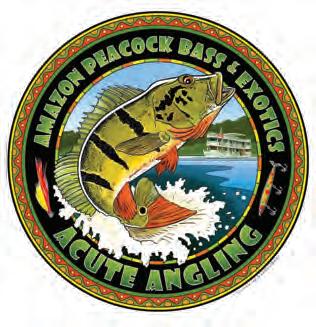

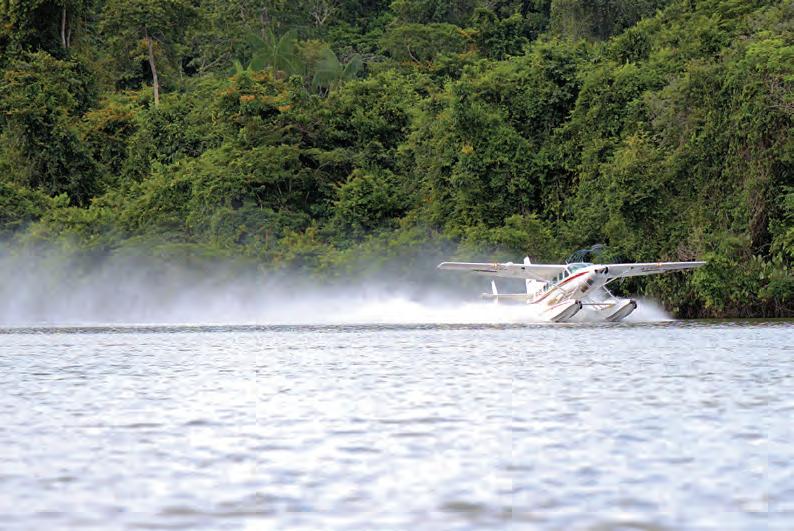
Shown with optional solar charging system
$7,469 + tax and registration
Watch Video
By Will Schmidt


If you don’t already troll for grouper or if you’re looking for ways to improve your success rate, here are some things to consider while we wait for the seasons for our most popular species to reopen.
Large-lipped and big-profile plugs are deadly, but many anglers struggle with getting lures into the strike zone. Many think if they are fishing in 30 feet of water they need a plug that dives 30 feet, but that’s not always the case. Maximum dive depths are with everything optimum: speed, amount of line out and rigging.
First, consider your speed. I use Nomad DTX Minnow lures which are designed to run anywhere from 20 to 50 feet at speeds of 2 to 12 knots. The plugs will dive deeper at the higher end of that speed range than the lower end. I usually run about 5 knots and can easily get a 40-foot plug down to 30 feet at that speed, but a 30foot plug would likely be short of the bottom.
The amount of line you have out also greatly affects the depth your plug is running, and this is where many mistakes are made. Slower speeds equal a flatter angle of descent, so more line is needed. The idea is to be so close to the bottom that you occasionally bounce off it. Watch your rod tip for signs of the lure bouncing off the bottom. You will likely find you need more line than you think. Keep dropping back until you start hitting bottom. The downside of this is you will get snagged on the bottom occasionally. When you do, don’t just try to wrench it off the bottom, get back behind the lure and pull it off in the opposite direction. A plus to the DTX Minnow is the single hooks seem to come off the bottom easier than treble hooks.
The final piece to the puzzle is your rigging. Pulling 8- to 9-inch lures, and handling the fish that smack them, means you need stout tackle. But heavier lines create drag in the water that will impede the lure’s ability to dive. Using braid is a huge plus, as the diameter is much smaller and creates less drag. To further streamline, I use crimps on my leader between my lure and a small (but strong) swivel. It’s a little thing, but knots on heavy leader can be bulky and add to the rig’s drag.
Heavy drags as well as keeping the boat in gear helps pull the fish away from cover quickly. Large single hooks aid in keeping you connected as the bigger gaps decrease the possibility of ripping the plugs out of the fish. Trolling is fun way to catch grouper and it’s a great way to find new spots, as you can cover a lot of ground.








